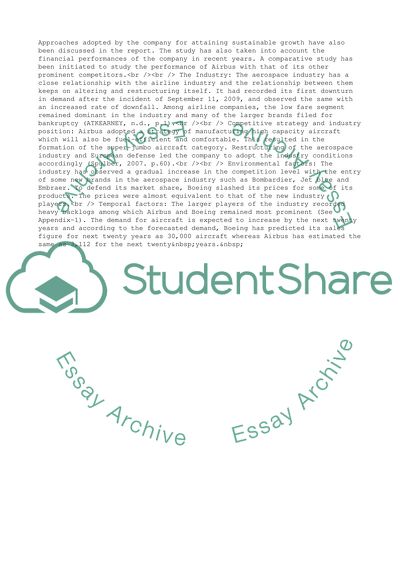Cite this document
(Strategic Analysis of Airbus Case Study Example | Topics and Well Written Essays - 2000 words, n.d.)
Strategic Analysis of Airbus Case Study Example | Topics and Well Written Essays - 2000 words. Retrieved from https://studentshare.org/business/1565482-strategic-management-assignment-2
Strategic Analysis of Airbus Case Study Example | Topics and Well Written Essays - 2000 words. Retrieved from https://studentshare.org/business/1565482-strategic-management-assignment-2
(Strategic Analysis of Airbus Case Study Example | Topics and Well Written Essays - 2000 Words)
Strategic Analysis of Airbus Case Study Example | Topics and Well Written Essays - 2000 Words. https://studentshare.org/business/1565482-strategic-management-assignment-2.
Strategic Analysis of Airbus Case Study Example | Topics and Well Written Essays - 2000 Words. https://studentshare.org/business/1565482-strategic-management-assignment-2.
“Strategic Analysis of Airbus Case Study Example | Topics and Well Written Essays - 2000 Words”. https://studentshare.org/business/1565482-strategic-management-assignment-2.


